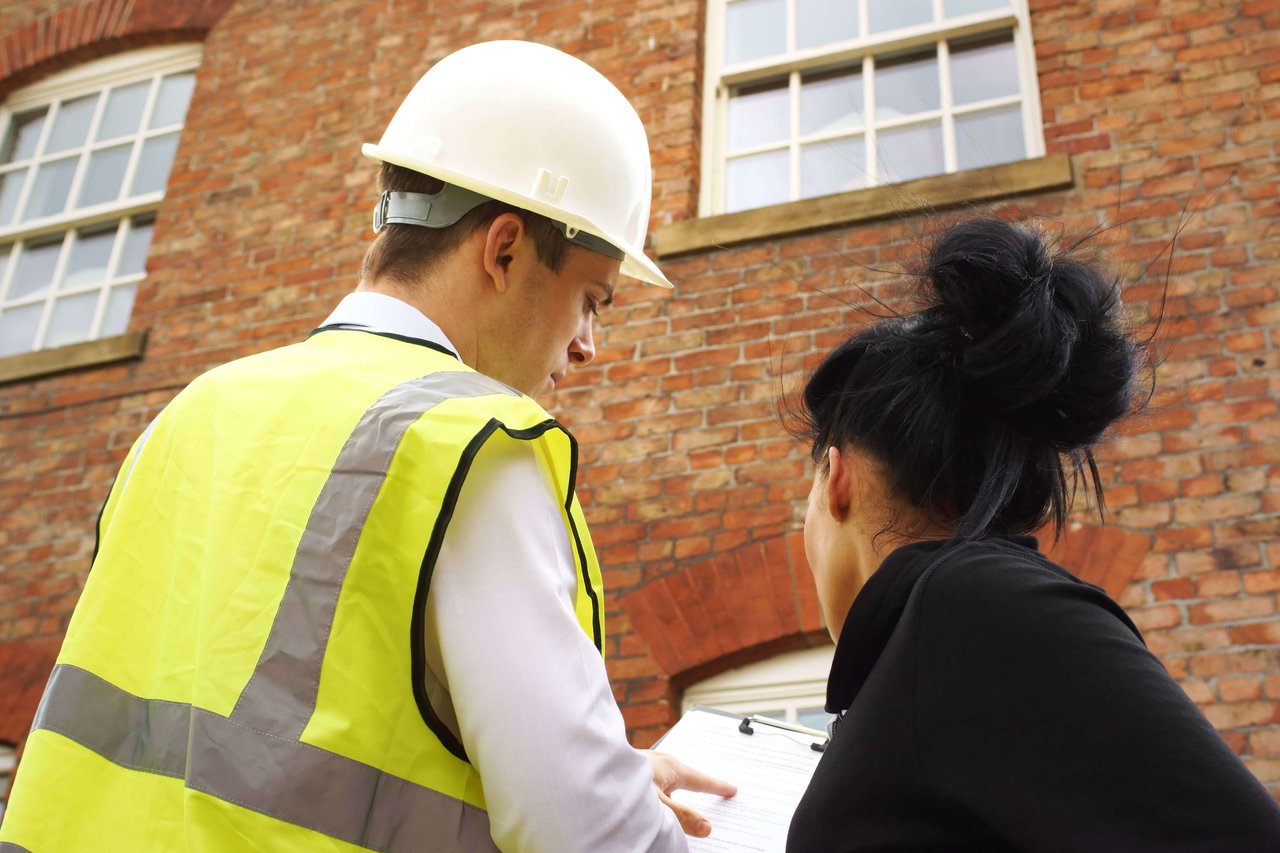Home inspections are an important part of both the buying and selling processes. A home buyer wants to ensure that their time and money are going towards a home and property that meets their standards, and won’t cause them unwanted issues down the line. Inspections, conducted by licensed professionals, are like a clean bill of health from a doctor. Even the nicest of homes can still have underlying issues that aren’t readily noticeable by the homeowner. These major issues- such as structural concerns- really require the expertise of a licensed professional to fully understand the depth of any potential faults.
For the home seller, it can pay to be ahead of the game and hire your own inspector to conduct a once-over of your property before you list it for sale. Their assessment of the home’s condition can help you set a reasonable price for the home, and can help avoid costly negotiations or delays once you start dealing with potential buyers. While some buyers may still want their own inspection performed, others will accept a pre-listing inspection and proceed to submit an offer confidently. Any major issues can be discovered in this stage and the decision can be made to address them pre-closing, or to factor the cost of repairs or upgrades into the sale price of the home. For example, a leaky garage may not be a priority fix for someone looking to sell their home quickly, especially if a potential buyer may want to convert the garage into another type of space. Inspectors aren’t directly involved in the buying and selling process, and offer a fair an unbiased opinion on what a home honestly needs for repairs.
For those who do not want to hire their own inspector, there are still plenty of common ‘trouble spots’ around your house that you can check and address before listing, which can help your home look its best for both buyers and their inspectors. Even if you do elect to have a pre-listing inspection, still consider these ten items:
- Start by cleaning your home thoroughly, both inside and out. Declutter your space by removing anything you don’t plan on taking with you. The less stuff around, the easier it’ll be to move around the house while finding and fixing any other problems. Don’t forget to clear out any storage spaces such as attics or sheds. Debris outside your home, be it tree limbs, autumn leaves, or overgrown plants around your home should all be taken care of.
- While outside, check drainage and slopes around your home. Poor drainage can lead to standing water, leaks, and mold. These areas should be checked regularly, especially after precipitation.
- Check your siding, window trim, steps and porches for damage. These cosmetic fixes are often easy and cost-effective to remedy, and always help make your home look appealing on the market. Worn and chipped paint is a common malady in an older home, both inside and out.
- Worn out stairs, steps, porches, and decks can pose a safety hazard and should be addressed immediately by a trained professional.
- Repair any damaged or missing roofing. Replacing an entire roof can be costly, so speak to an inspector and roofing specialist to decide whether your roof can be repaired or if a full replacement is needed.
- Check caulking around windows, doors, sinks and showers. Not only is damaged caulking unsightly, but it can also lead to serious water damage.
- Perform routine maintenance on major climate control systems such as HVAC and furnaces. Filters should be checked regularly, and a tune-up conducted to ensure proper function for the foreseeable future. Make sure any exterior AC units are cleaned up, and make sure that they have proper ventilation as suggested by the manufacturer and installer.
- Check tiled areas for missing grout or chipped tiles. While a chipped or missing backsplash tile above the sink might be cosmetically unappealing, a missing of chipped floor tile could be a tripping hazard.
- Check for leaks. Ceiling leaks are usually easily noticable, but don’t forget to check throughout your home. Sinks and drains can have minor leaks that need to be addressed, along with any exterior doors or windows. Door seals can go bad over time, and can lead to water egressing into your home or garage.
- Inspect all doors, windows, and cabinets for creaking and sticking. A well maintained home is one that inspires confidence in buyers. Use oil to lubricate hinges and locks.
- Double check that you’ve properly installed and located detector alarms for smoke and carbon monoxide.
When you feel confident that your home is ready for the market, invite friends or family to take a look for themselves. A second set of eyes can help uncover what you might otherwise miss. While it may not be possible to totally remove anxiety from the home inspection process, you can help alleviate some of the pressure by doing some checking beforehand. Proper preparation can go a long way when it comes to selling your home!
